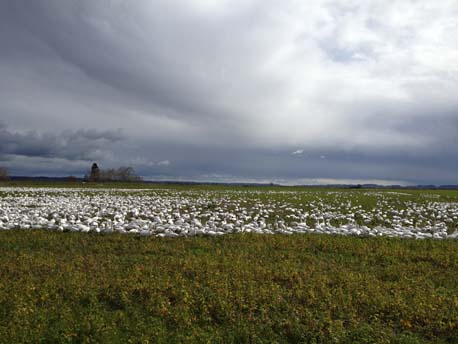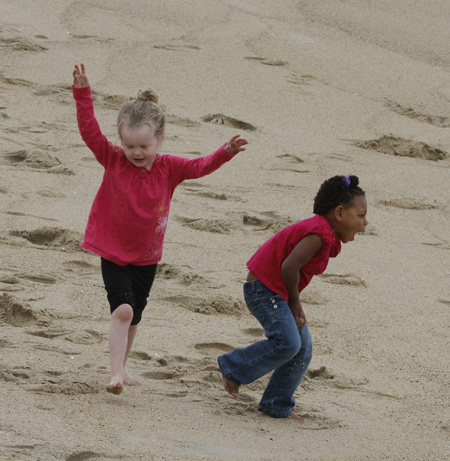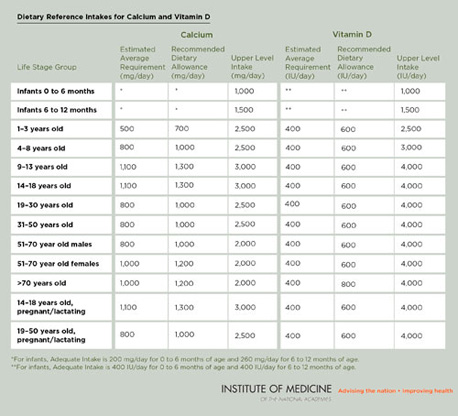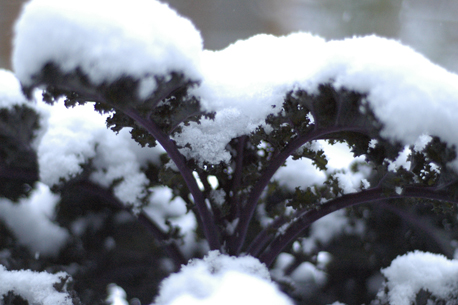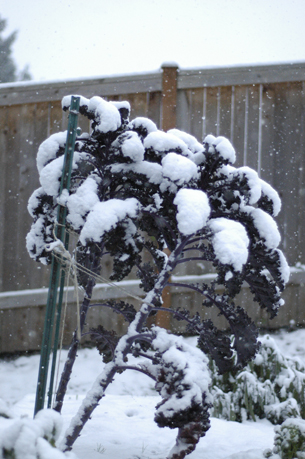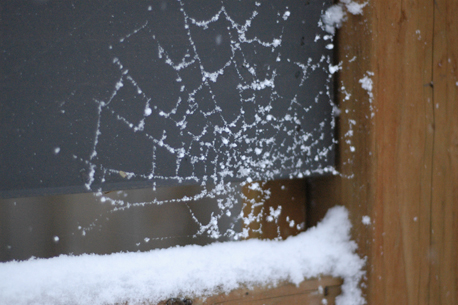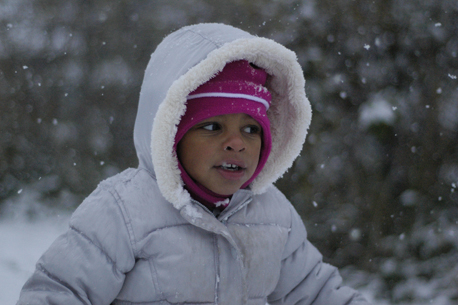
My grandmother was made of hardy Scandinavian stock and she died a month shy of her 99th birthday. She was forced to retire at 92 and, at her retirement party, she pulled me aside, holding my arm just above the elbow and said, “You know Katherine, I never meant to retire.” I called her Bestemor which I’ve been told is grandmother in Norwegian. I said, “Yes, Bestemor, I know, I know.”
When she started using a walker it became too difficult to get around the grocery store and she relinquished this task to me and my father. Every week, one of us did her “marketing.” When it was my week, I’d call her at 9:00 am Saturday morning and she’d answer on the first ring. She’d be waiting by the phone in her bathrobe and wingback chair with her note pad sitting on her drum table. She’d read the list over the phone, starting with produce, then moving to boxed foods, the dairy case and ending with meats. My dad and I tried to get her to email the list. She could type lightning fast, but she just never took to the computer (enter, Bestemor, press enter, or double click, that means twice). Eventually we gave up and resigned ourselves to taking the list over the phone.
With the list came detailed instructions. “I’d like two lemons. Katherine, do you know how to pick citrus fruit? They should be large. They should be large and have smooth skin. I’d like two large lemons with smooth skin. Did you get that Katherine?”
I did my best to not speak during our phone calls as she was almost completely deaf, but sometimes it couldn’t be avoided. “Yes, Bestemor.”
“What?”
“Yes, OK.”
“I’d like two bananas if they’re big and three if they’re small. As green as you can get.”
“I’d like four kiwi, but only if they’re from New Zealand. Katherine, don’t ever buy kiwi that isn’t from New Zealand.”
“I’d like a spaghetti squash, a small one. If they’re large, ask the produce man to cut one in half, they’ll do that you know.”
“I’d like a quarter pound of that ham you like.” I don’t like ham.
“I’d like a four pack of that soft toilet paper that’s on special for $1.49. That’s a good price. You should get some for yourself.”
It went on like this for 45 minutes – carrots with the tops cut off at the register, two pears soft at the stem, and head lettuce, not to be confused with a head of lettuce.
Once I had the list I would drive to the grocery store near her house. I’d fill up the cart and load the contents onto the belt. Three-quarters of the pile was always produce. More than a few of the checkers, assuming the food was mine, commented on my healthy diet. I usually laughed and corrected them because back then, I ate to please my mouth without a care for nourishing my body. I was an invincible 20-something with a taste for peanut butter milkshakes and a vague idea that vegetables were important.
Bestemor was still alive and I was still occasionally doing her marketing when, at 31, I was diagnosed with Inflammatory Breast Cancer and given a 10% chance of living 5 years.
I was in the midst of six months of chemo and wasting away when I started seeing a nutritionist. She told me I had to rebuild my relationship with food. This was shocking for me to hear and also completely right. After years of undiagnosed gastro pain, without realizing it I’d developed a paralyzing fear of food. She gave me baking assignments every week. She told me to eat what I made. She told me I had to start thinking of food as something that would nurture me and save me instead of something that would make me sick.
I knew exactly what I needed to do. Bestemor had been training me, teaching me all that I needed to know for years. It wasn’t only that I needed to eat more whole foods, clearly I did. I needed to plan what I would eat. I needed to make a list. I needed to go to the store and choose the best produce. I needed to prepare meals I enjoyed. I needed to eat them. I needed to nourish myself.
I started right away, rebuilding my diet from scratch. I eliminated soy and gluten which were known trouble-makers for me, and I minimized processed foods and sugars. I planned a menu every week, sitting down with my favorite cookbooks, choosing a few recipes, making a detailed grocery list and doing my own marketing. I discovered the healing nature of the creation and consumption of a meal.
Now, I’m almost seven years out of treatment and cancer-free as far as I know. My husband and I have a four year-old and a one year-old. Keeping the family fed, especially the picky toddler, can feel like a chore piled on to an already full to-do list, but I find few activities to be more satisfying. On good days, when I can get the kids to occupy themselves, or, better yet help out, it’s a cause to slow down and to take a moment to nurture my family and myself. For me the process of meal preparation has become a meditation in healing.
It’s been five years since my grandmother passed away, but I think of her all the time, like in the co-op market where I shop. I know the produce men there. We chat. They’re very knowledgeable and she would have liked that. Sometimes I think about her while I look for cantaloupes that are heavy and sticky on the outside and watermelons that sound hollow. Sometimes I pick up a few kiwis if they’re from New Zealand, and I almost always buy carrots, though I never ask them to take the tops off at the register. I can do that much for myself because, after all, I’m made of hardy Scandinavian stock too.
Katherine Malmo is the author of Who in This Room: The Realities of Cancer, Fish, and Demolition. It can be purchased anywhere books are sold. For more information visit www.katherinemalmo.com.

